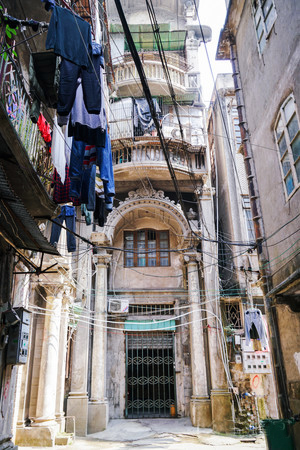
Lying at the mouth of the powerful Han River and gazing out at the sparkling South China Sea, the city of Shantou is awash with stunning natural scenery. Its prime location meant that it swiftly became one of the most important maritime trading hubs in Chinese history, when it was referred to as “Swatow” or “Santow” by foreign travellers. It was not, however, always a bustling hub of international trade. During the Song Dynasty (960-1279), Shantou was just a small fishing village where locals lived a simple yet tranquil life. It wasn’t until 1858, when it was designated as a treaty port, that Shantou rose to become a major centre for transport and commerce. Shantou may have started out as the ugly duckling on the river bank, but it quickly transformed into a beautiful swan!
The treaty ports occupy a somewhat controversial place in Chinese history, as they were largely the result of foreign aggression and pressure that was exerted on the imperial government. During the early Qing Dynasty (1644-1912), the imperial government limited trade with foreign countries to the city of Guangzhou, in an attempt to curtail foreign influence. After the Qing Dynasty’s defeat during the Second Opium War (1856-1860), however, the imperial government were forced to sign a series of unequal treaties with several foreign countries, including Britain, the US, and France, which granted them access to ports throughout the country. It was in this way that Shantou was introduced to the rest of the world.
By the 1930s, Shantou boasted an enormous trading network of junk boats that connected to ports throughout the provinces of Fujian and Guangdong, making it the second most important port in southeast China after Guangzhou. It was well-known for transporting exports of sugar, fruit, canned goods, and marine products. Thanks to its direct access to overseas trade, Shantou quickly became one of the main ports via which Chinese emigrants moved abroad to places as far flung as North America and Europe. Estimates indicate that between 1880 and 1909 around 2.5 million locals left Shantou to start a new life overseas. To put that into perspective, that’s more than the entire population of Paris!
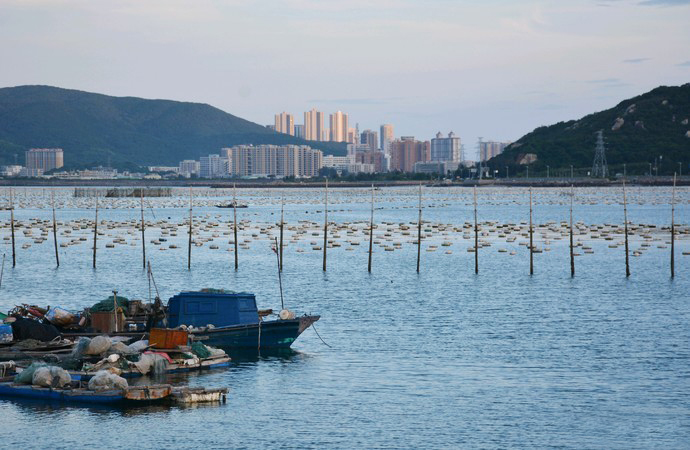
In fact, Shantou advanced so rapidly during this period that in 1906 it became one of the first places in China to obtain a railway line. It seems that sometimes technology cannot replace nature, as the railway failed to overtake the river as the primary transportation system in the area and it gradually fell into disrepair. Shantou may have been rising to new heights but, as with every rise, there inevitably comes a fall! During the Second Sino-Japanese War (1937-1945), the port was severely damaged by a series of bombardments and was eventually captured in 1939, remaining under Japanese control until the end of the war. Shantou was, however, destined to bounce back, as it was named a special economic zone in 1981 and is now connected to over 200 trading ports around the world!
Today, the city is home to stunning works of architecture that continue to link it to its multi-cultural past. In particular, the Shantou Old Town is home to a special style of architecture known as a Qilou. Qilou, also known as Tong Lau, became hugely popular throughout many regions in southern China, such as Guangdong province, Fujian province, Macau, and Hong Kong, during the late 19th century.
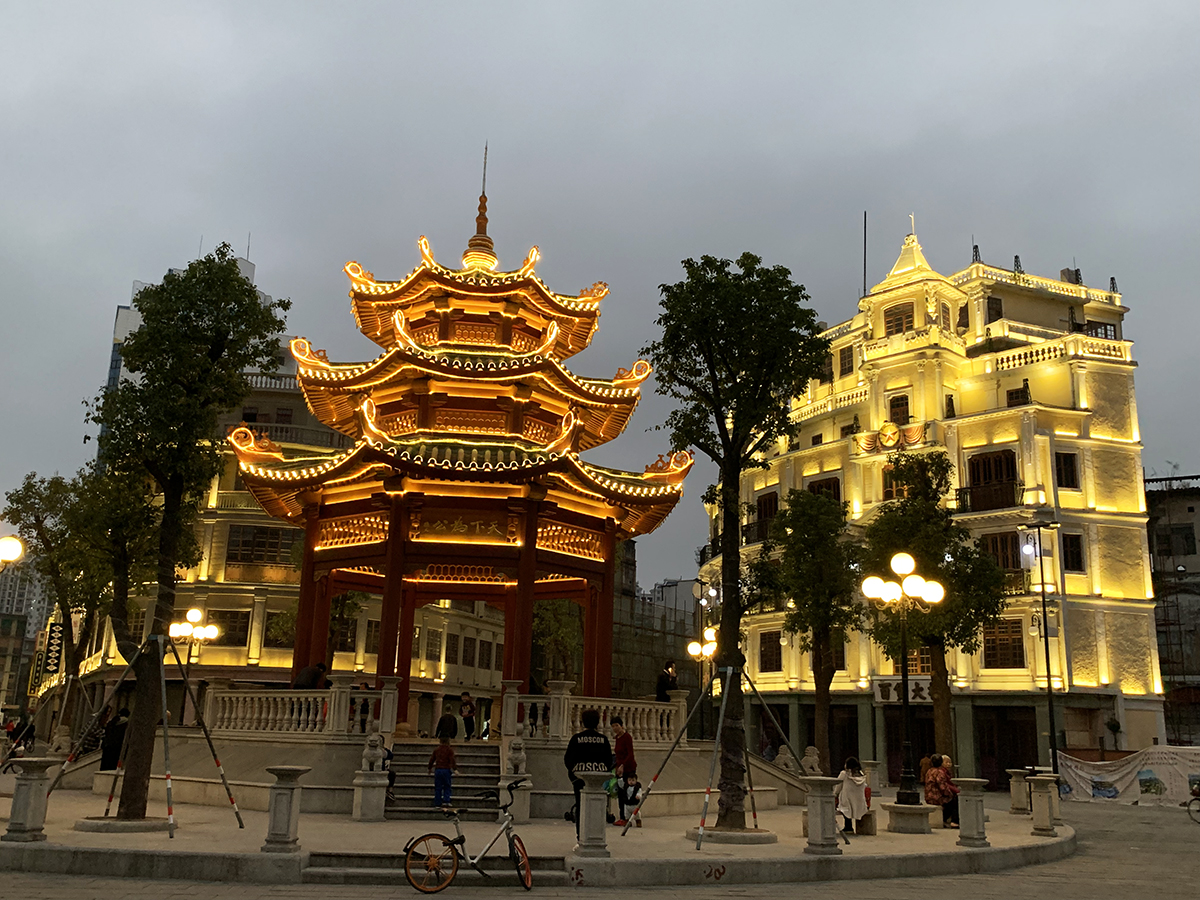
The style originated from the bustling city of Guangzhou, which was a commercial port used frequently for foreign trade. You may be surprised to find, however, that there are actually more surviving Qilou in Shantou than in Guangzhou! The foreign influence on this style of architecture is palpable, as it resembles a perfect intermingling of traditional Chinese and Western styles of architecture. Admiring the elegant Qilou is widely considered to be the highlight of any trip to Shantou.
As a city that has become intricately linked with the sea, it should come as no surprise that the most popular deity in Shantou is Mazu, the protective goddess of sailors and seafarers. There is a small temple dedicated to Mazu, where locals go to pray before they take any journey, regardless of whether it’s by boat or not. The temple itself was designed in the typical South Min-style, with the characteristic ceramic figures on the roof eaves and various ornate decorations. Its location in the old part of the city makes it an ideal place to stop and enjoy a tranquil rest after a day of exploration.
Queshi Park, which is connected to the city by Queshi Bridge, is heralded as one of the most scenic spots in Shantou and once served as the site of the American, German, and British consulates. This expansive park is dotted with an intoxicating mixture of elegant temples, lush greenery, azure waters, and sandy beaches. Its location offshore means that, from the outside, it looks like a miniature garden floating in the sea. Hike up one of its 43 granite peaks and you’ll be rewarded with a breath-taking panoramic view of the city itself.
Alongside Queshi Park, Shantou is also home to Zhongshan Park, which was established during the 1920s to demonstrate the expertise of southern Chinese gardeners. As guests enter under the six-pillar gate bedecked with red lanterns, they’ll be greeted by the Chinese characters “Tian Xia Wei Gong” (天下为公) or “The World Belongs to Us All”, a phrase famously coined by the politician Sun Yat-sen. Much like Queshi Park, this beautiful scenic spot is surrounded by water on all sides and is connected to the city by three bridges.
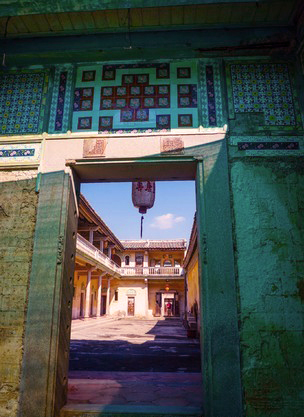
The city is also home to a dizzying variety of museums and historic sites, such as the Shantou Museum and the highly controversial Cultural Revolution Museum. The most famous of these historical sites, however, is arguably Chen Cihong’s Mansion. This luxurious complex was constructed by a business magnate named Chen Cihong, who originated from Shantou. He amassed his vast fortune throughout Hong Kong and Bangkok during the 19th century, but always returned to his hometown of Shantou in order to construct mansions for his family and contribute to the local economy by investing in public welfare projects, such as building roads and funding local schools. The largest of these mansions, which once served as his residence, has been opened to the public and decked with elegant period furnishings. A stroll through its 506 rooms offers an unparalleled insight into what life was like for those Chinese businessmen lucky enough to make their fortune overseas.
Shantou’s final claim to fame is undoubtedly its strangest, as its location on the Tropic of Cancer resulted in the construction of the Symbolic Tower of the Tropic of Cancer in 1986. This 13-metre (45 ft.) high tower culminates in a tall plinth that has been carved in the shape of the character “北” or “north”, atop which rests a model globe of the Earth. A steel pipe runs directly through the centre of the globe and was placed there specifically due a phenomenon that takes place during the Summer Solstice. On the day of the solstice, the sun sits directly above the Tropic of Cancer and sunlight shines through the steel pipe, meaning that the tower itself casts no shadow for a brief period of time.
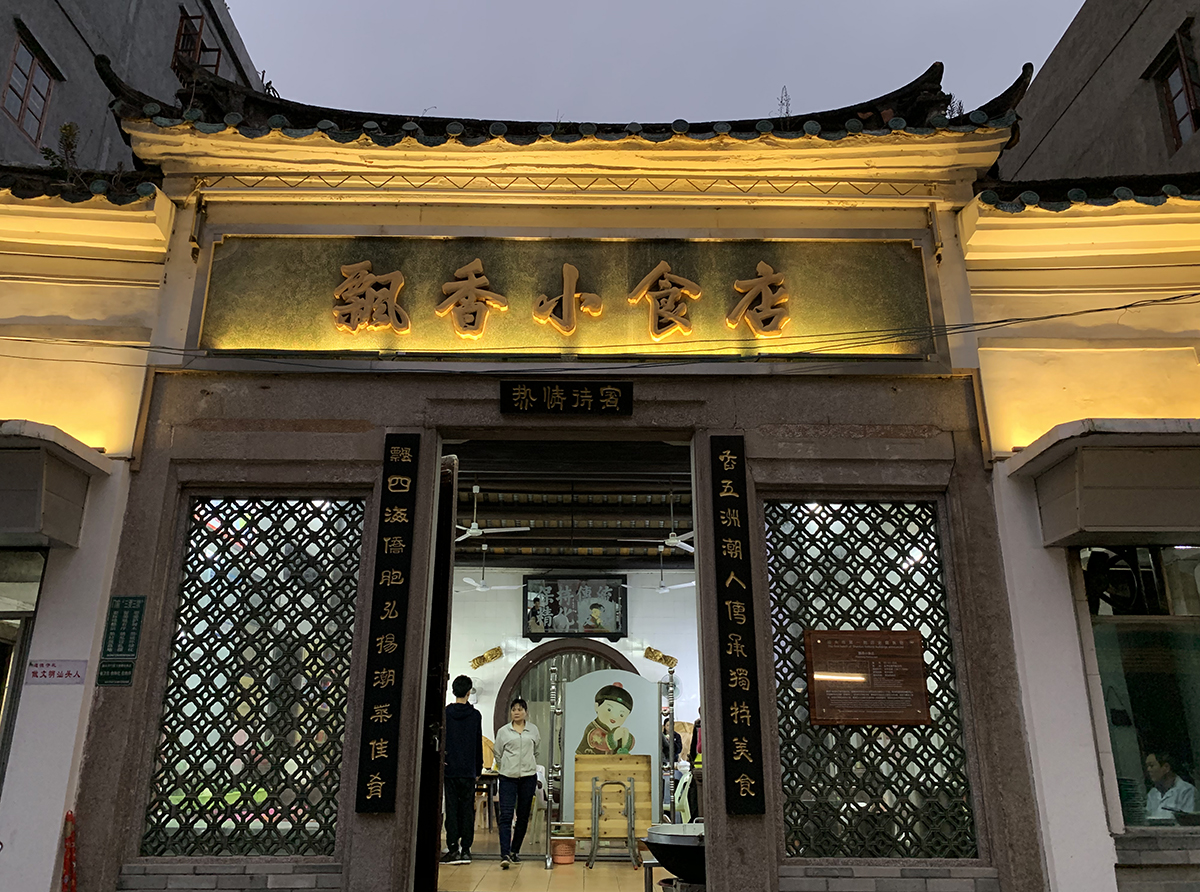
That being said, it is not only Shantou’s historic sites and splendid gardens that continue to attract the tourist crowds. The city is known as a haven of Teochew culture and the centre of Teochew Opera, since the majority of the population of Shantou is Teochew. While the Teochew people are officially considered to be a sub-group of the Han ethnic majority, their language is distinct from Mandarin Chinese and their culture is vastly different from that of the Han people. Unlike the well-known Peking style of opera, the Teochew style of opera is sung in a much more natural voice and will thus be more familiar to those with a preference for European styles of opera. This 500-year-old style incorporates fan dances and acrobatic displays into each performance, making it a spectacle not to be missed!
The Teochew people are also particularly renowned for their exquisite cuisine and their love of drinking tea. Shantou in particular is famed throughout China for Teochew dishes that revolve around a special breed known as the lion-head goose, which is larger than most breeds and has been raised in Shantou for centuries. Don’t let the name worry you; this goose’s roar is much worse than its bite!
Explore more about Shantou with us on the unique travel: Explore the Ancient Fortresses of Southeast China